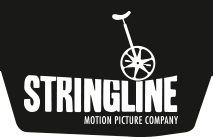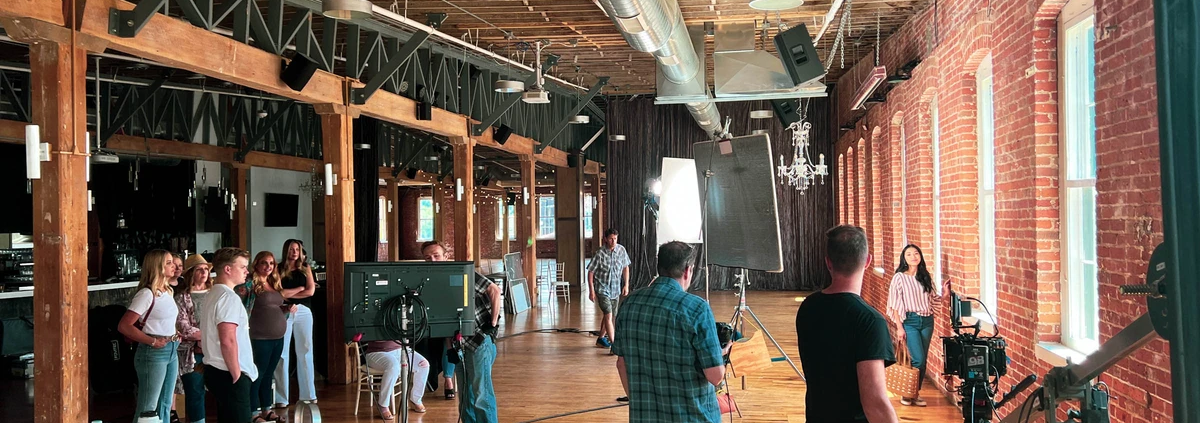27 Must Know Film-Terms In Cinema (Ultimate Guide)
Every aspiring filmmaker dreams about getting on set and lending a helping hand in making movie magic. However, the first time on a film set can often sound like a foreign language.
There are many specific film terms that are used throughout all stages of the production process. Whether you are just getting started in cinema or you’ve already made dozens of films, there is always something new to learn. We rounded up 27 must-know film terms to help expand your knowledge.
1) Aerial Shot
An aerial shot is a shot filmed from way up. Usually, the footage is gathered from an aerial drone, plane, or blimp. An aerial shot commonly opens many films to set the scene.
2) Ambient Light
Lighting is essential when capturing a shot in film. Ambient light refers to natural light from the sun or moon or any other un-tampered with lighting. This light is usually very soft around the subject in the scene.
3) Aperture
There are three terms that make up the lighting exposure triangle on a camera: aperture, shutter speed, and ISO. Aperture is the opening of the camera lens that controls the amount of light allowed to pass through.
4) Backlighting
When the lighting source is placed behind the subject, this is called backlighting. It helps separate the subject from the background.

5) Bit Part
A bit part is an acting term that refers to a small acting role. Usually, bit parts have a couple of spoken lines in one scene in a film. For example, many restaurant server characters are bit parts.
6) Block a Shot
“Blocking” essentially means rehearsing. When a director blocks a shot, they determine where the lights will hit, how the camera will be positioned, and where the actors will stand and move. The purpose of blocking is to work out the movements of the actors within the space of the scene.
7) Camera Angles
Camera angles refer to the eye line at which a camera shot is captured. Common camera angles are:
- Eye-level
- High angle
- Low angle
- Dutch angle
- Over-the-shoulder

Dutch Angle | Image Source: https://www.studiobinder.com/blog/dutch-angle-shot-camera-movement/
8) CGI
CGI stands for “computer-generated imagery.” It is a technique used to create visual special effects in films such as explosions or fantastical creatures.
9) Coverage
The director of photography needs to gather coverage, which is multiple camera shots and angles for each scene. Coverage exists to create enough options for the editor to complete the film.
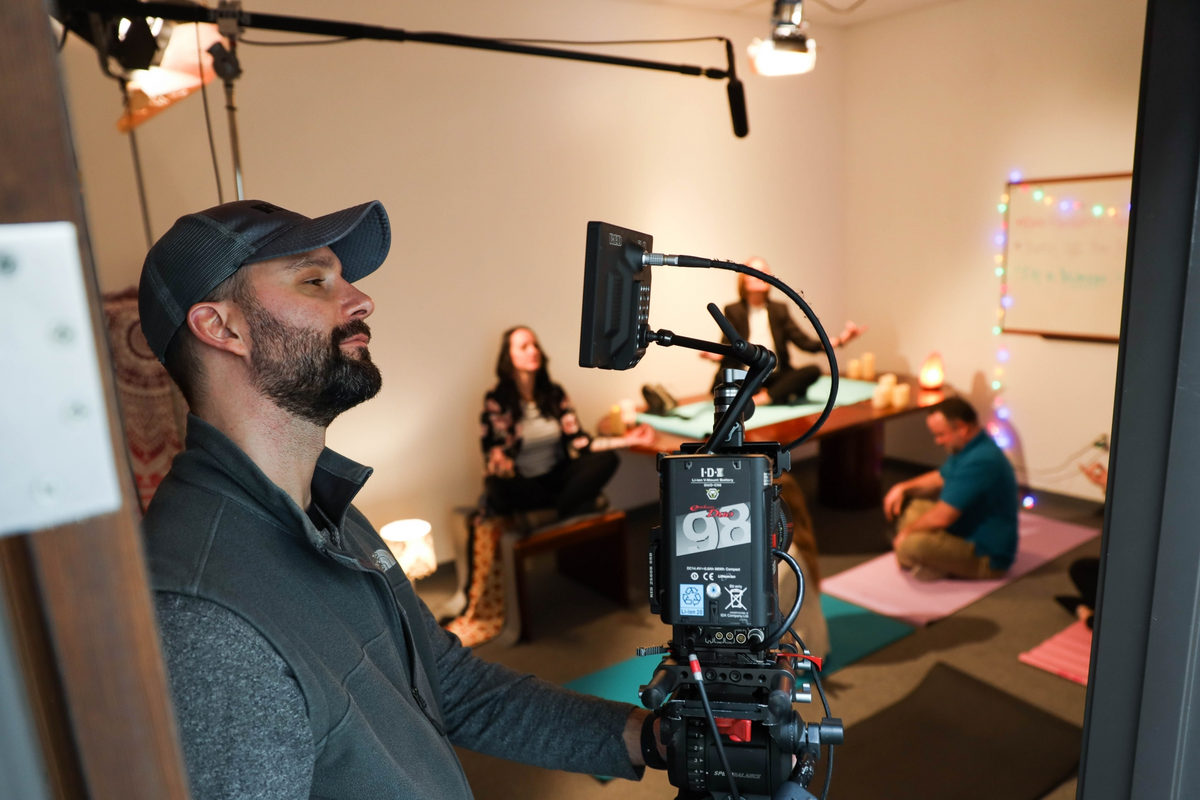
10) Depth of Field
In terms of camera focus, depth of field is the depth of a shot’s focus related to the background, foreground, and middle-ground. A shallow depth of field may only keep one plane in focus, while a deep depth of field keeps all three planes in focus.
11) Establishing Shot
Remember the aerial shot from the top of this list? An establishing shot is a long shot that shows the location from a far distance, and it is often captured as an aerial shot. It helps the audience orient to the time and place of the film.
12) Foley Artist
Have you ever wondered who adds in all the specific sound effects into a film? That would be a foley artist: the person who adds or creates sounds and noises and synchronizes them to the final product. The term is named after celebrated sound effects artist, Jack Foley.
13) Gaffer Tape
The gaffer is the head electrician on set, and no gaffer ever gets far without gaffer tape. Gaffer (or gaff) tape is a strong fabric-backed tape that is easily removed without residue. It is used for any and all things on set from concealing wires to labeling equipment.
14) Hitting a Mark
Hitting a mark is a term used for actors on set. When a director says to “hit your mark,” an actor must move to the correct position to start the shot. Our trusty friend gaff tape often is placed on the floor to indicate the actor’s starting mark.
15) Master Shot
A master shot is a long, continuous shot that captures the setting and main action of an entire scene. Usually, scenes will have one or two master shots and multiple shorter, tighter shots to give variety to the editor.
16) Mixing
In the post-production editing process, mixing is the means of combining sound effects, music, and dialogue into the master soundtrack. The person who completes this process is called the mixer.
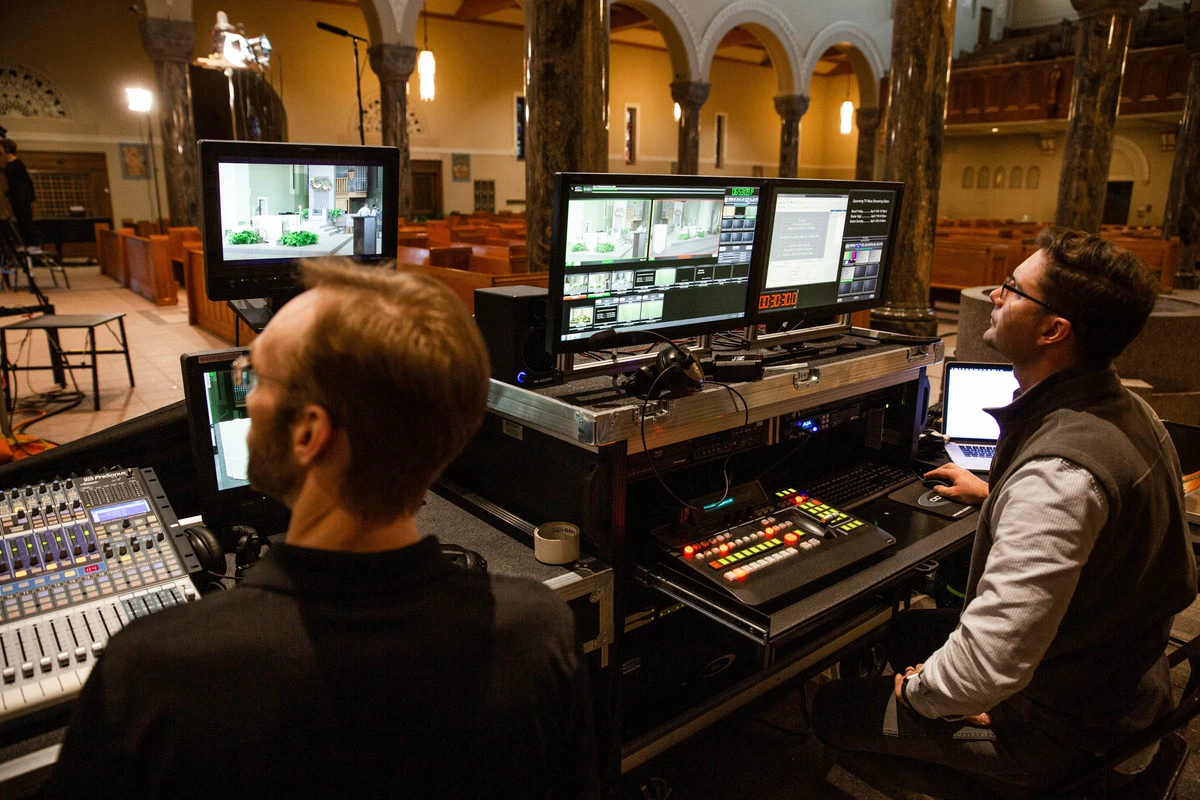
17) Off Book
When an actor has completely learned all their lines to the point where they do not need to hold a script, this is called being “off book.”
18) Overexposed
When a shot has too much light that causes a washed-out, blinding effect, the shot is overexposed. Sometimes, overexposure can be used on purpose in flashback or dream moments.
19) Principal Photography
Principal photography is when the majority of a film is shot. It involves the scenes that require the lead actors. For instance, certain visual effects get added in after principal photography is completed.
20) Rigger
The rigger is an essential film crew position that is in charge of hanging, setting up, and focusing lighting equipment.
21) Rough Cut
An early-edited version of a film is called a rough cut. In a rough cut, the main shots are assembled in chronological order, but it doesn’t contain all of the final details like sound editing or CGI effects.
22) Screen Test
A screen test takes place during the pre-production process to test the look of props, lighting, and even actors on screen.
23) Slate
“Scene five, take three. *snap* “Aaand, action.”
A slate is a board held in front of the camera that identifies the shot number, take number, camera operator, director, and title. The slate operator holds this up in front of the camera and calls out the shot number before each take begins for organizational and sound syncing purposes.
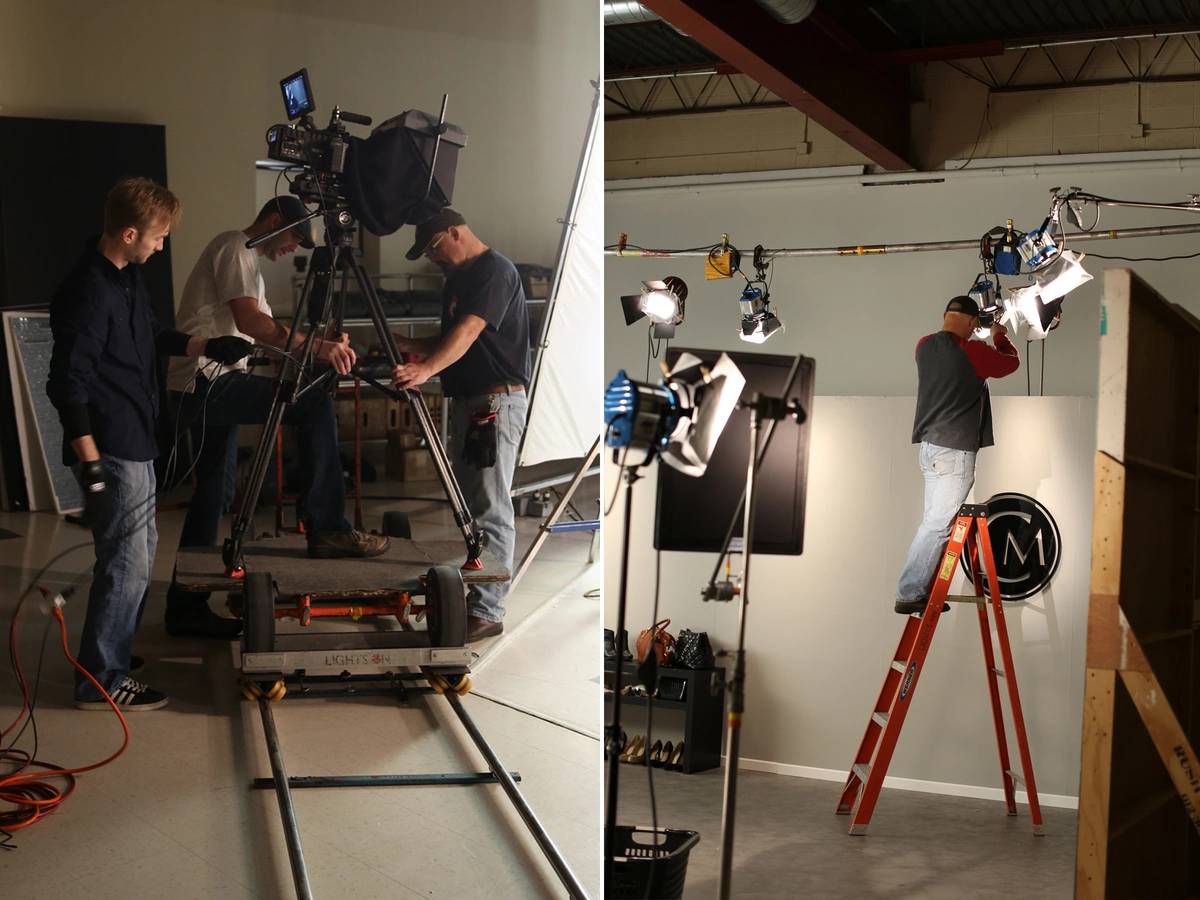
24) Steadicam
A Steadicam is a hand-held camera attached to a mechanical harness that allows for smooth, steady shots when the camera needs to move with the action.
25) Storyboard
The storyboard provides a rough overview of the film’s plot with sketches or stills. It also depicts which camera lens will film each scene so the filmmakers can adequately prepare.
26) Take
A take is a version of a scene that is filmed multiple times. Generally, a director will capture multiple takes of the same shot.
27) Wrap
A wrap is when filming is done for the day, or the entire process of filming has been completed. “Wrap” is abbreviated from an old filmmaking phrase, “Wind, Reel, and Print.”
Experience a Professional Set Yourself
Well, that’s a wrap on our top 27 filmmaking terms. Would you believe us if we said that these 27 terms are just a start?
If you want to experience the magic of filmmaking for marketing, educational, or corporate videos, work with the seasoned pros at Stringline Pictures. You will get to see plenty of gaffer tape, learn about lighting exposure, and a whole lot more. Contact us today to get started!
